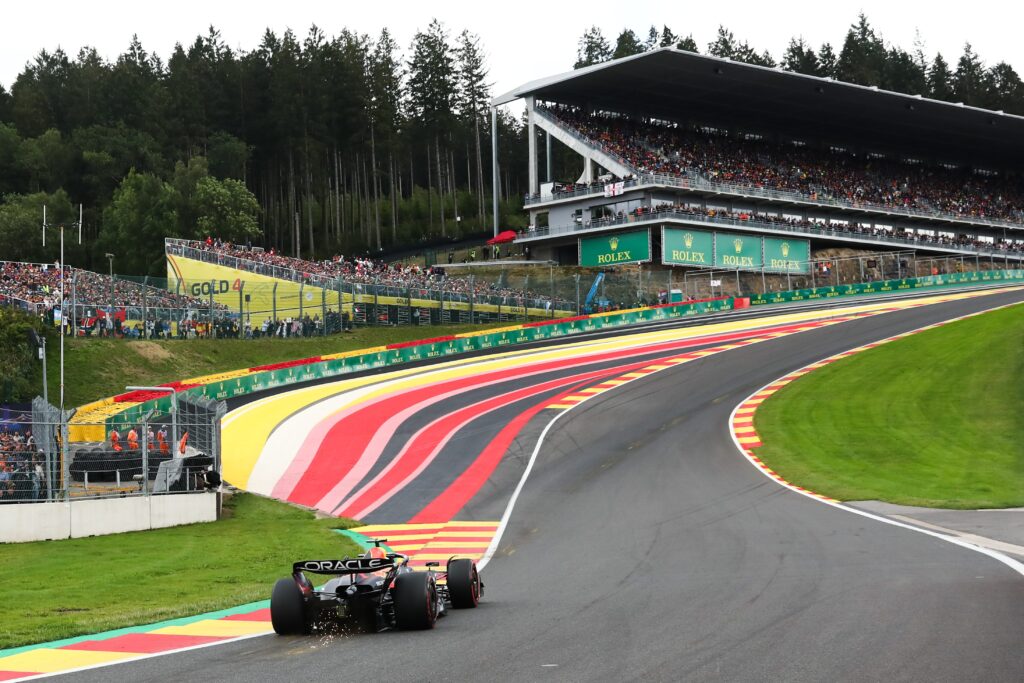Each summer, thousands of fans make the journey to the Belgian countryside, enduring unpredictable weather and muddy campsites to witness Formula One’s most legendary battleground – Spa-Francorchamps. Nestled deep in the Ardennes forest, this circuit is more than just a race venue; it is a rite of passage for drivers and a pilgrimage for fans, often described as the heart and soul of motor sport.
Since its debut in 1950, Spa has produced countless iconic moments. Mika Häkkinen’s breathtaking double overtake on Michael Schumacher and Ricardo Zonta in 2000 remains etched in history, while Max Verstappen’s charge from 14th to victory in 2023 showed the circuit’s capacity for drama. Ayrton Senna, a five-time winner at Spa, once named it his favourite track, a sentiment echoed by many current drivers.
At 7 km with 19 corners, Spa is the longest track on the calendar, renowned for its signature feature – the Eau Rouge and Raidillon complex. This blind, high-speed left-right ascent demands immense precision and bravery. Lewis Hamilton famously likened the experience to a stomach-churning plunge at 200mph, capturing the sheer exhilaration it provides. Yet this same corner has also seen tragedy, with fatal accidents involving Anthoine Hubert in 2019 and Dilano van ’t Hoff in 2023, raising urgent safety concerns.
In response, Spa implemented changes in 2022, such as gravel traps, revised barriers, and expanded runoff zones. However, critics argue that the inherent dangers, particularly in wet conditions where visibility is minimal, remain unresolved. Drivers like George Russell have compared racing there in heavy rain to “turning your windscreen wipers off on a motorway.”
Beyond safety, Spa is also fighting for its place in Formula One’s future. With the sport increasingly chasing glamour and new markets, heritage tracks like Spa, Silverstone, and Monza are under pressure. Newer circuits like Las Vegas and Miami, offering lucrative commercial packages, are reshaping the calendar. Spa’s contract is set for rotational inclusion, with potential breaks in 2028 and 2030.
As Formula One grows under Liberty Media’s global expansion, there is a growing fear that tradition could be sacrificed for spectacle. Spa’s raw challenge and unpredictable nature are qualities that define the sport’s spirit. Losing it would mean losing a vital piece of Formula One’s identity.

